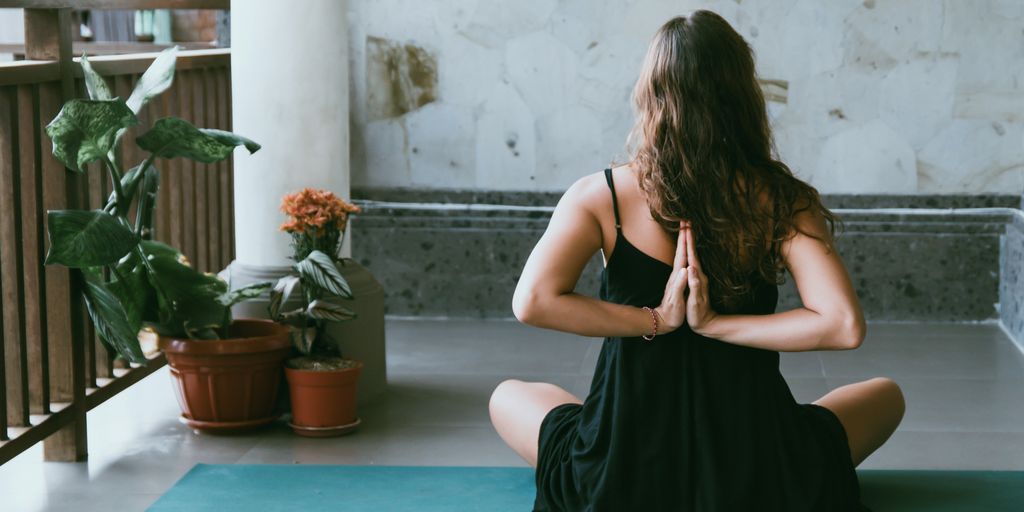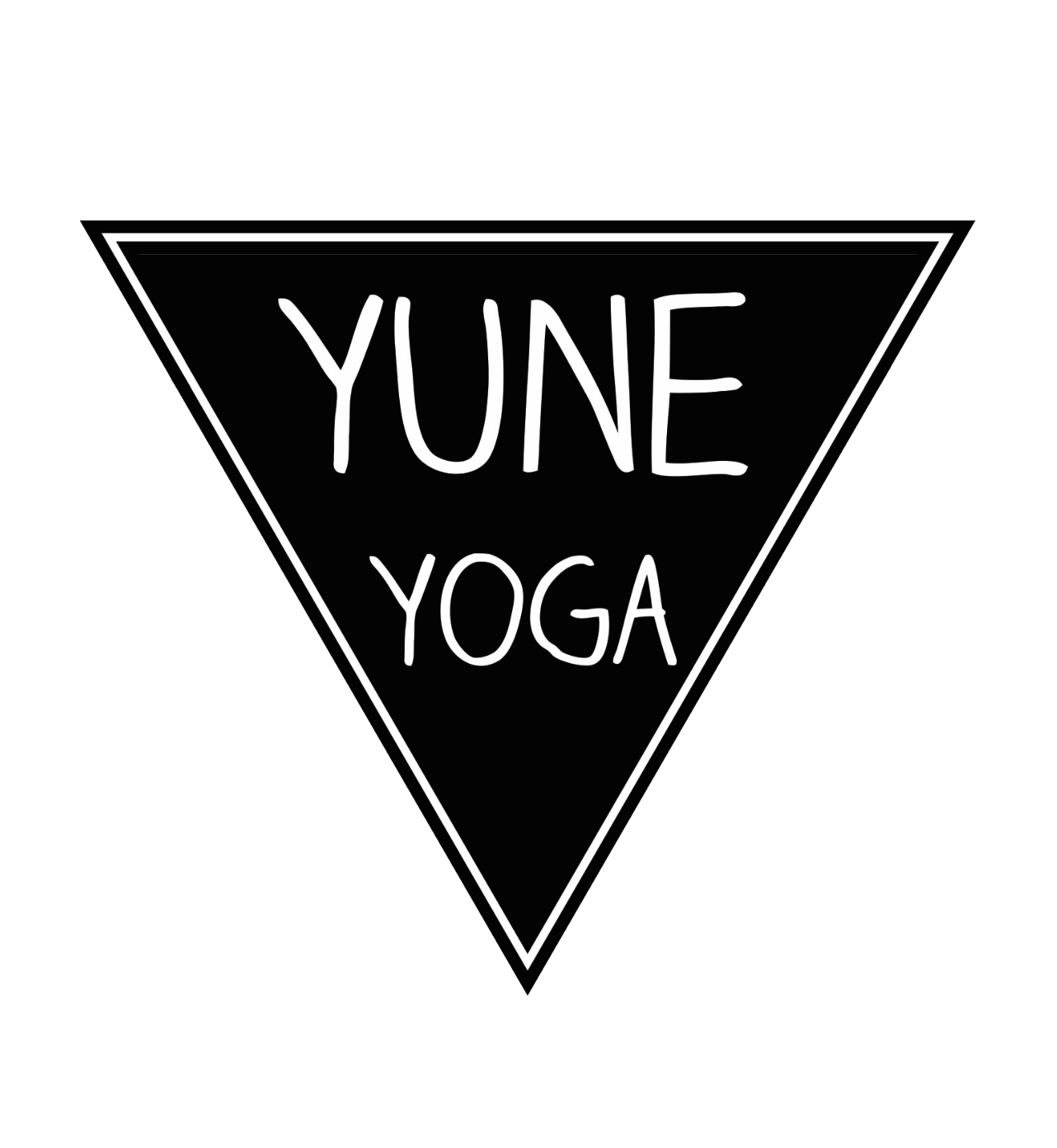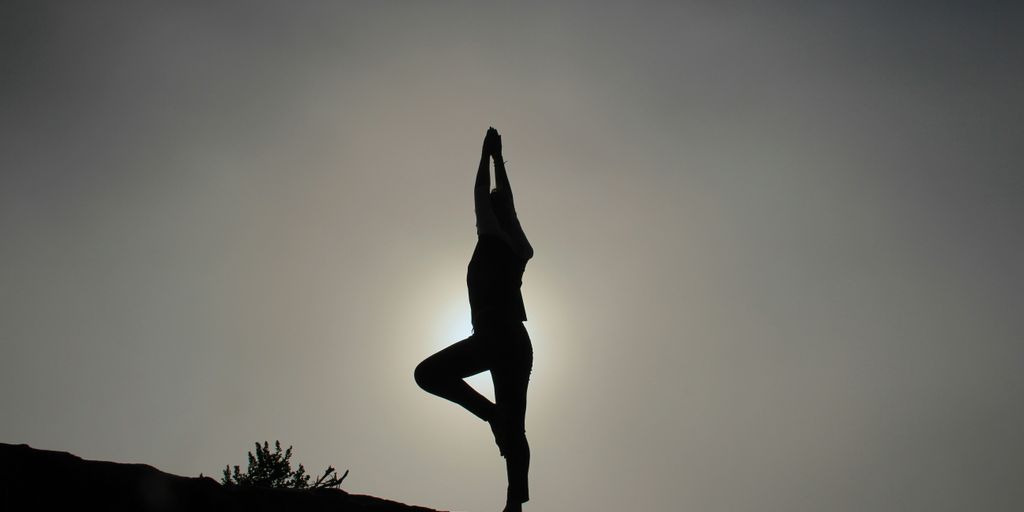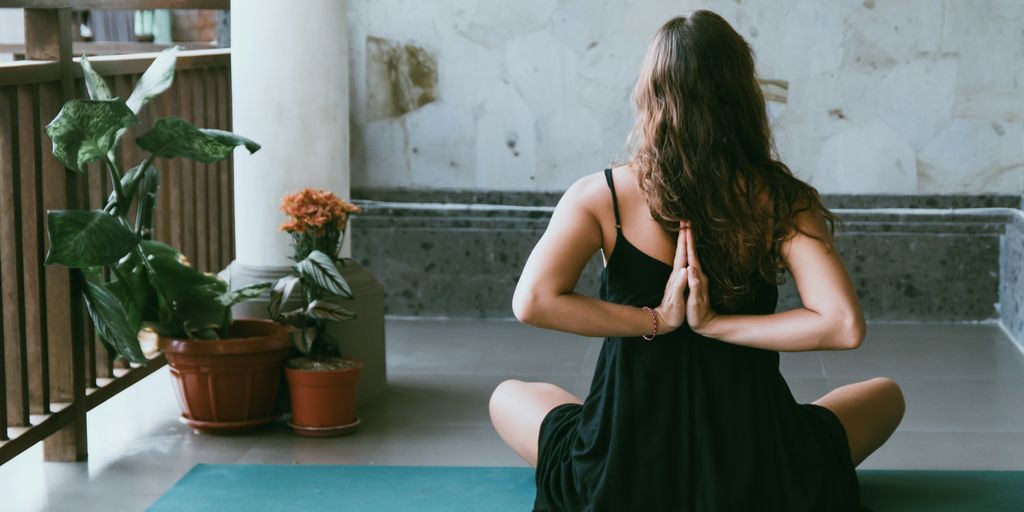
Exploring Yoga Asanas with Names: A Comprehensive Guide to Poses and Their Meanings
Yoga is not just a physical activity; it's a path to understanding ourselves better and improving our well-being. Each yoga pose, known as an asana, has its own distinct purpose and significance, often tied to its Sanskrit name. Whether you're new to yoga or have been practicing for years, learning about these names and their meanings can really enrich your experience. Let's take a closer look at yoga asanas with names, and see how they can enhance both your practice and your life.
Key Takeaways
- Yoga asanas are physical poses that help harmonize the body, mind, and spirit.
- The Sanskrit names of asanas often reflect their meaning or inspiration from nature.
- Different asanas serve various purposes, from relaxation to building strength.
- Breath control and awareness are essential for maximizing the benefits of each pose.
- Incorporating a variety of asanas into your routine can improve overall well-being.
Understanding the Basics of Yoga Asanas with Names
What Are Yoga Asanas?
Yoga asanas are basically physical poses. They're a big part of yoga, aiming to bring your body, mind, and spirit into a better balance. Each asana has a specific goal, like calming you down or giving you more energy. Traditionally, these poses were created to get the body ready for long meditation sessions. It's pretty cool how they connect the physical and mental aspects of yoga. You can explore standing poses to get started.
The Importance of Sanskrit Names
Sanskrit is the old language of India, and it's super important in yoga. The names of the poses in Sanskrit often tell you something about the pose itself – like its shape, how you move, or what it symbolizes. For example, "Tadasana" means Mountain Pose, which makes you think of being strong and steady. Learning these Sanskrit names helps you connect with the history of yoga and understand the practice better.
How Yoga Poses Influence Mind and Body
Yoga poses are more than just physical postures. They're a key part of yoga practice, designed to connect your mind, body, and spirit. Regular practice can improve flexibility, strength, and balance, but the benefits go way beyond the physical. It's about cultivating a sense of awareness and inner peace. Think of each pose as a way to explore your body's capabilities and limitations, learning to accept where you are in the moment. It's not about achieving the 'perfect' pose, but about the journey of getting there.
Asanas are tools for self-discovery. They help you understand your body, your mind, and your connection to something larger than yourself. It's a process of continuous learning and growth.
Benefits of Practicing Yoga Asanas with Names
Physical Benefits of Asanas
Okay, let's get real about what yoga can do for your body. It's not just about looking good in those yoga pants, it's about actual, noticeable improvements. Yoga can seriously improve your strength and flexibility. Think about it – you're stretching muscles you didn't even know you had! Plus, it's a low-impact way to get a workout, which is great if you're not into pounding the pavement or lifting heavy weights. It's about finding that balance and building strength from the inside out. Regular practice can also improve your posture and balance, which is something we could all use a little help with, right?
Mental and Emotional Benefits
Beyond the physical stuff, yoga asanas with names can do wonders for your mental and emotional well-being. It's like a mini-vacation for your mind. When you're focusing on your breath and holding a pose, you're not thinking about your to-do list or that awkward thing you said at the meeting. It's a chance to quiet the noise and just be present in your body. This can lead to reduced stress, improved mood, and a greater sense of calm. Plus, learning the Sanskrit names adds another layer of engagement, connecting you to the history and tradition of yoga.
Enhancing Mindfulness Through Asana Practice
Mindfulness is all the rage these days, and yoga asanas with names are a fantastic way to cultivate it. It's about paying attention to the present moment without judgment. When you're in a pose like Tree Pose (Vrikshasana), you're focusing on your balance, your breath, and the sensations in your body. You're not thinking about the past or worrying about the future. This focused attention can help you develop a greater awareness of your thoughts and feelings, which can be incredibly helpful in managing stress and improving your overall well-being. It's like training your brain to be more present and less reactive.
Practicing asanas with an understanding of their deeper meanings makes your practice a journey of self-discovery. Yoga is not just about physical alignment; it’s about aligning your body, mind, and spirit with universal truths.
Exploring Popular Yoga Asanas with Names
Let's get into some of the yoga poses you've probably heard of! Knowing the names and a little bit about them can really deepen your practice. It's more than just stretching; it's about understanding what you're doing and why. Plus, it's cool to know the Sanskrit names and their meanings.
Tree Pose (Vrikshasana)
Okay, Tree Pose. You've seen it, maybe even tried it. Vrikshasana is all about balance, both physically and mentally. It's not just about standing on one leg; it's about finding your center and staying grounded, even when things get wobbly. Here's a few things to keep in mind:
- Start with your feet together, then place one foot on your inner thigh (avoid the knee!).
- Bring your hands to prayer position at your chest or reach them overhead.
- Focus on a fixed point in front of you to help with balance.
Tree Pose is great for improving your balance and concentration. It also helps strengthen your ankles and legs. It's a simple pose, but it can be surprisingly challenging, especially on days when you're feeling a little off-kilter.
Mountain Pose (Tadasana)
Don't let the simplicity fool you; Mountain Pose is the foundation for all standing poses. Tadasana teaches you how to stand properly, engaging all the right muscles and aligning your body. It's about feeling strong and stable, like a mountain. The name "Tadasana" encourages embodying the strength of a mountain.
- Stand with your feet hip-width apart, grounding through all four corners of your feet.
- Engage your thighs and core, and lift your chest.
- Let your arms hang naturally at your sides, palms facing forward.
Warrior Pose (Virabhadrasana)
Warrior Pose is a powerhouse of strength and stability. There are a few variations, but they all share the same core principles: a deep lunge, strong legs, and an open chest. Virabhadrasana embodies courage and determination.
- Start in Mountain Pose, then step one foot back into a lunge.
- Align your front knee over your front ankle, and keep your back leg straight and strong.
- Reach your arms out to the sides, parallel to the floor, and gaze forward.
Warrior II is a great pose to build strength and stamina. It also helps open your hips and chest. Remember to breathe deeply and focus on your alignment to get the most out of the pose.
The Spiritual Essence of Yoga Asana Names
Symbolism in Sanskrit Names
Okay, so the names of yoga poses? They're not just random words someone made up. Most of them come from Sanskrit, which is this super old language from India. And get this: the names often tell you something about the pose itself. Like, Tadasana, which means Mountain Pose, is all about feeling strong and steady. It's like the name is a little hint about what you're supposed to be doing and feeling in the pose. When you learn these names, you're not just learning a word; you're connecting to the history of yoga. It's like getting a little piece of the story behind each move.
Lessons Encoded in Asana Names
Yoga asana names aren't just labels; they're like little lessons in disguise. Each name often represents a lesson or a state of being that the pose aims to cultivate. For example:
- Padmasana (Lotus Pose): Represents purity and spiritual awakening.
- Shavasana (Corpse Pose): Encourages surrender and acceptance.
- Virabhadrasana (Warrior Pose): Embodies courage and determination.
Approaching asanas with an understanding of their deeper meanings makes your practice a journey of self-discovery. Yoga is not just about physical alignment; it’s about aligning your body, mind, and spirit with universal truths.
Connecting to Tradition Through Asanas
Yoga has been around for a long, long time, and when you learn the names of the asanas, you're connecting to that history. It's like you're joining a big, long line of people who have been doing these poses for centuries. It's a way to feel grounded and connected to something bigger than yourself. Plus, it's just cool to know where these poses come from and what they mean. It makes the whole yoga practice feel more meaningful.
Bridging Tradition and Modernity in Yoga Asanas
How Names Influence the Practice of Yoga
Yoga asana names are more than just labels; they really do shape how we experience the poses. Think about it, when you hear "Tadasana," you're not just hearing a word, you're thinking about the strength of a mountain. This connection helps you focus and makes the practice way more meaningful. It's about intention, not just going through the motions. It's like the name is a little instruction manual for your mind and body.
Modern Interpretations of Traditional Asanas
Yoga has been around for ages, but it's not stuck in the past. Modern yoga classes often mix things up, adapting traditional asanas to fit different bodies and goals. This means you might see variations of poses that weren't around centuries ago. It's a cool way to keep the practice fresh and accessible. But it's also important to remember where these poses came from. Understanding the original intent can add depth to your practice. For example, even if you're doing a super-modern flow, knowing the Sanskrit names can connect you to the tradition.
Cultural Significance of Asana Names
Asana names aren't just random words; they're tied to Indian culture and philosophy. They often reference gods, animals, or natural elements, giving each pose a deeper meaning. When we use these names, we're acknowledging the roots of yoga. It's like a little nod to the people who developed these practices. It's important to approach this with respect and awareness, avoiding cultural appropriation. Here are some things to keep in mind:
- Learn the correct pronunciation of the names.
- Understand the stories and symbolism behind the names.
- Be mindful of the cultural context.
Yoga is a living tradition, constantly evolving. By understanding the cultural significance of asana names, we can honor its past while embracing its future. It's about finding a balance between tradition and innovation, respecting the roots while adapting to the modern world.
Incorporating Yoga Asanas with Names into Your Practice
Creating a Balanced Routine
Okay, so you want to actually do this yoga thing, huh? Great! But just jumping into random poses isn't the best way. Think about building a balanced routine. A good routine hits different parts of your body and mind.
Here's a simple way to think about it:
- Warm-up: Start with some gentle stretches to get your body ready. Cat-Cow is a good one.
- Standing Poses: These build strength and stability. Think Mountain Pose (Tadasana) or Warrior poses.
- Seated Poses: These can help with flexibility and grounding. Try a simple cross-legged seat or something like Lotus if you're feeling fancy.
- Reclining Poses: Time to chill out and stretch a bit more. Bridge pose is nice.
- Cool-down: Always end with Savasana (Corpse Pose) to let your body absorb the practice.
Choosing Asanas for Specific Goals
Yoga isn't one-size-fits-all. What are you trying to get out of it? More flexible? Less stressed? Stronger? Different asanas can help with different goals. For example:
- Stress Relief: Try poses like Child's Pose or Legs-up-the-Wall Pose. These are super calming.
- Flexibility: Forward folds and twists are your friends. Think Seated Forward Bend or Spinal Twist.
- Strength: Warrior poses and Plank Pose will build muscle.
- Balance: Tree Pose (Vrikshasana) is great for improving your balance and focus.
Adapting Poses for Different Levels
Don't feel like you need to be a pretzel to do yoga. Every pose can be modified to fit your level. Can't touch your toes in a forward fold? No problem, bend your knees! Can't hold a full plank? Drop to your knees! The point is to listen to your body and do what feels right. There are tons of yoga poses guide online that show modifications.
Remember, yoga is a journey, not a destination. It's about showing up for yourself and doing what you can, where you are. Don't compare yourself to others, and don't push yourself too hard. Just breathe and enjoy the process.
The Role of Breath in Yoga Asanas with Names
Breath Awareness in Each Pose
It's easy to get caught up in the physical aspects of yoga, like trying to nail that perfect Warrior Two or finally touching your toes in a forward fold. But here's the thing: breath is just as important, if not more so. Being aware of your breath in each asana transforms it from a simple stretch into a moving meditation. When you're mindful of your inhales and exhales, you're better able to stay present, connect with your body, and deepen the pose. It's about listening to what your body needs and adjusting accordingly.
Breathing Techniques for Enhanced Practice
There are a bunch of different breathing techniques, or Pranayama, that can really up your yoga game. Here are a few to try:
- Ujjayi Breath (Victorious Breath): This involves slightly constricting the back of your throat as you breathe, creating a soft, ocean-like sound. It helps to focus the mind and generate internal heat.
- Dirga Pranayama (Three-Part Breath): This technique involves filling your lungs in three stages – first the belly, then the ribs, and finally the chest. It's great for calming the nervous system and increasing lung capacity.
- Kapalabhati (Skull Shining Breath): This is a more active breathing technique that involves forceful exhales and passive inhales. It's energizing and helps to clear the mind.
Focusing on your breath helps you stay grounded and centered, especially when a pose feels challenging. It's like an anchor that keeps you connected to the present moment, preventing your mind from wandering off into to-do lists or worries.
Connecting Breath and Movement
Yoga isn't just about holding poses; it's about the flow between them, and breath is what connects everything. Inhale to prepare, exhale to move deeper into a pose. For example, in Sun Salutations, you inhale as you reach your arms overhead and exhale as you fold forward. This synchronization of breath and movement creates a rhythm that calms the mind and energizes the body. It's like a dance where your breath leads the way. When you get this down, you'll find that your practice becomes more fluid, more intuitive, and way more enjoyable.
Wrapping Up Your Yoga Journey
So, that’s it! We’ve taken a good look at yoga poses and their names. Each asana has its own story and benefits, making yoga a rich practice for everyone. Whether you’re just starting or have been on this path for a while, there’s always something new to discover. Remember, it’s not about perfecting every pose; it’s about finding what feels right for you. Keep practicing, stay curious, and enjoy every moment on your mat. It’s your journey, so make it count!
Frequently Asked Questions
What does 'asana' mean in yoga?
The word 'asana' comes from Sanskrit and means 'pose' or 'position.' In yoga, it refers to the different physical postures practiced to help balance the body and mind.
Why do yoga poses have names in Sanskrit?
Sanskrit names connect the poses to ancient yoga traditions. They often describe the shape or meaning of the pose, helping people understand their significance.
Can anyone practice yoga poses?
Absolutely! People of all ages and fitness levels can do yoga. There are poses for beginners as well as more advanced ones.
What are the benefits of practicing yoga poses?
Practicing yoga poses can improve flexibility, strength, and balance. They also help reduce stress and promote relaxation.
How can I choose the right yoga poses for my practice?
You can select poses based on your goals, like improving flexibility or building strength. It's also good to consider your experience level.
What role does breathing play in yoga poses?
Breathing is very important in yoga. It helps you stay focused and relaxed while doing the poses, making your practice more effective.


